Understanding CNC Tools
CNC tools are integral components in modern manufacturing, playing a pivotal role in shaping and creating various parts with precision. These tools are employed in Computer Numerical Control (CNC) machinery, which follows digital instructions to operate. The category of CNC tools encompasses a wide array of cutting and shaping devices designed for use in automated manufacturing processes.
Types and Applications of CNC Milling Tools
Among the diverse range of CNC tools, end mills stand out for their versatility in industrial milling applications. Unlike standard milling bits that are restricted to axial movements, end mills can operate in both axial and radial directions, enhancing their capability to shape materials. These tools are adaptable to machines with varying axes, from three-axis systems, suitable for simple cuts, to more complex five-axis machines that cater to intricate designs and are often utilized in the automotive and aviation industries.
Features and Materials
The construction of CNC milling tools is as varied as their applications, with materials ranging from high-speed steel to carbide, catering to different durability and precision needs. The geometry of these tools also varies, including options from cylindrical to more complex shapes like hemispherical designs, each serving a specific purpose in the milling process.
Advantages of Advanced Milling Cutters
Advanced milling cutters, such as those with four or five axes, offer enhanced flexibility and precision. The four-axis tools feature a turnaround table, while five-axis variants boast two rotary axes in addition to three linear ones, allowing for adjustments to tackle complex part geometries. These sophisticated tools enable manufacturers to achieve intricate designs with efficiency.
Selection Considerations for CNC Milling Tools
When selecting CNC milling tools, it is crucial to consider the specific requirements of the task at hand, including the material to be milled and the complexity of the design. The choice between three, four, or five-axis machines will significantly impact the potential applications and the versatility of the milling process.
Conclusion
In summary, CNC tools, particularly milling cutters, are essential in the fabrication of mechanical parts, whether produced individually or in series. Their design and material composition can be tailored to meet the demands of various industrial applications, ensuring that manufacturers can select the appropriate tool for their specific needs.


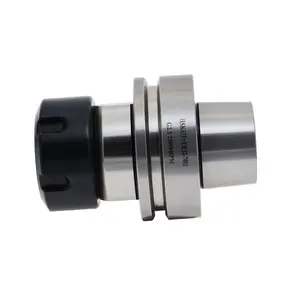




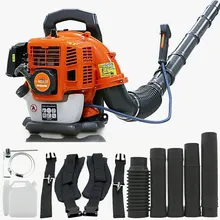

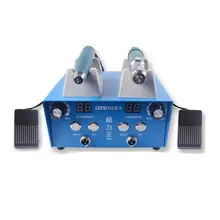





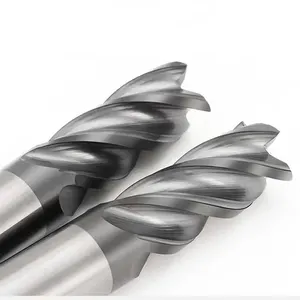
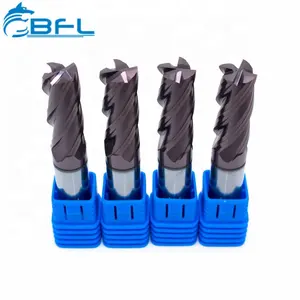

























 浙公网安备 33010002000092号
浙公网安备 33010002000092号 浙B2-20120091-4
浙B2-20120091-4